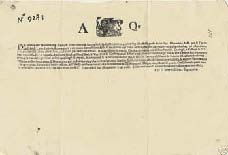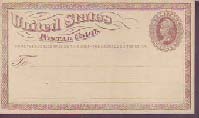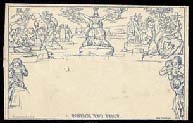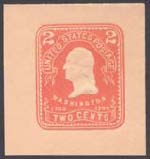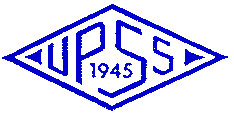
|
||||||||||||||||||||||||||||||||||
|
Should you be collecting Postal Stationery?What Is Postal Stationery? To most people, Postal Stationery means stamped envelopes and postal cards. However postal stationery includes all paper items that have a printed or implied monetary value when sold and retain their value until canceled when used or otherwise demonetized by the issuing authority. Postal Stationery includes items associated with the post, telephone or telegraph offices. The most common forms are: stamped envelopes, stamped letter sheets (including aerogrammes), postal cards, letter cards, and newspaper wrappers. But postal stationery also includes items such as postal savings forms, money order forms, or telegraph forms when they have value stamps printed on them. Postal Stationery is older than the adhesive stamp. The Venetian "A-Q" letter sheets date from 1608; the Sardinia sheets from 1818; the revenue devices on British newspapers provided free postage after 1821; and the Sydney, New South Wales, letter sheets were issued in 1838. The first adhesive postage stamps were not issued until 1840.
Why Collect Postal Stationery? Do you enjoy exploring new paths, are you interested in Postal History, or do you enjoy the challenge of something different from the common philatelic collecting interest? If so you will find Postal Stationery fascinating:
How To Collect Postal Stationery Postal Stationery is easy to collect. Items can be bought or traded from other collectors or purchased from dealers through the web or at stamp shows. The United Postal Stationery Society also conducts auctions periodically for its members. Auction houses offer lots of postal stationery, either as single rare items, in groups, or in sizable collections. eBay can also be a good source of material for the Postal Stationery collector. Sales circuits of the United Postal Stationery Society (UPSS) and the American Philatelic Society (APS) can also help build a collection. The following hints will help the beginner avoid a few pitfalls:
Keeping Up To Date If you are ready to launch into a new collecting area, keep in mind that new issues of Postal Stationery are appearing almost every month, and new varieties of existing issues are often discovered. Membership in an organization of collectors may be of special help to collectors wanting to keep current with new releases and new finds. The largest postal stationery organization is the United Postal Stationery Society, with members throughout the United States and many other countries. There are several postal stationery societies in other countries, including those organized in Australia, Belgium, Canada, France, Germany, Great Britain, Italy, Netherlands, Sweden, and Switzerland, as well as study groups for various regions of the world, past and present. The United Postal Stationery Society publishes magazine, Postal Stationery, which provides good articles on the postal stationery of many countries. In addition, the Society publishes catalogs and handbooks on postal stationery. |
